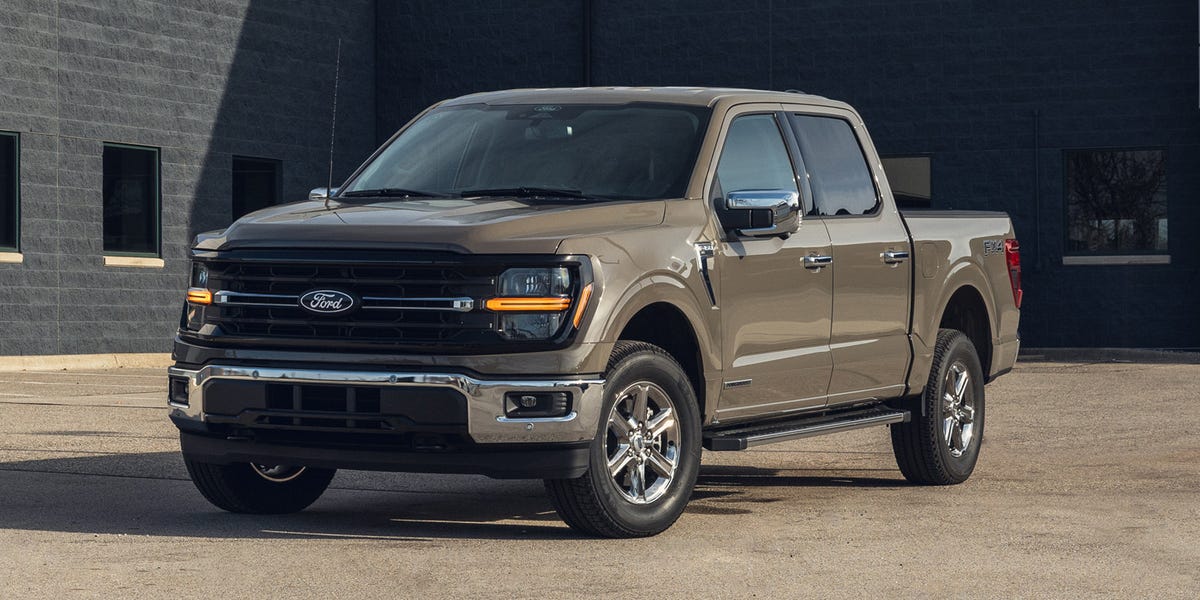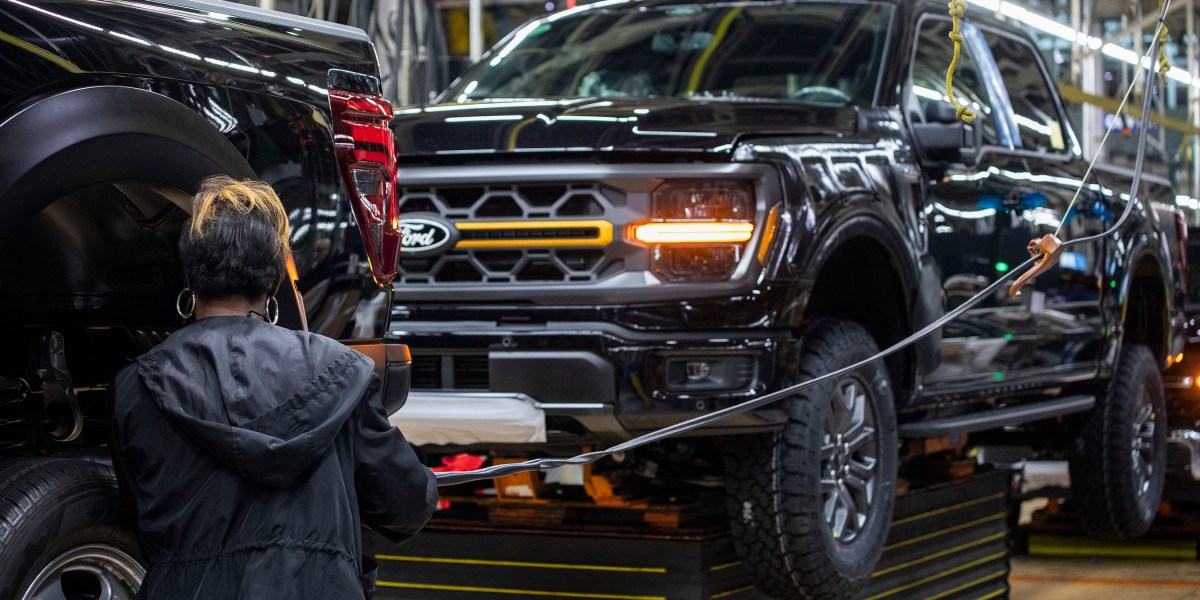Why the Ford F-150 Is So Popular
The Ford F-150 has been the best-selling vehicle in the U.S. for over 40 years. Known for its versatility, performance, and wide range of trims and engine options, it’s a top choice for work, recreation, and everyday driving.
Key Benefits of the Ford F-150:
- Towing and Payload: Recent models can tow up to 14,000 lbs when properly configured, leading its class.
- Fuel Options: Buyers can choose from V6, V8, turbocharged EcoBoost, and hybrid powertrains, balancing power and efficiency.
- Advanced Features: Many models come with Ford’s Pro Power Onboard, 360-degree cameras, and modern safety features like adaptive cruise control.
What Does “Bank-Owned” Mean?
When a vehicle buyer defaults on their loan, the bank or credit union takes back (repossesses) the vehicle. These bank-owned or repossessed F-150s are then resold—often at a significantly lower price—to recover the outstanding loan amount.
How Much Cheaper Are They?
Repossessed vehicles are commonly sold 20%–40% below typical retail prices, depending on condition and auction method and Black Book. Banks are typically looking to move inventory quickly—not turn a profit.
How to Buy a Bank-Owned Ford F-150
There are three main routes to purchase a bank-owned or repossessed F-150:
1. Public Auto Auctions
Banks often send repossessed vehicles to wholesale or public auctions. Reputable auction sites include:
- Copart
- Manheim
- Auto Auction Mall
These listings typically include a VIN, damage disclosures, and some inspection data. However, most are sold as-is, so buyers should proceed cautiously.
2. Online Repossession Marketplaces
Some platforms aggregate bank-owned cars and make them searchable for the public:
- RepoFinder
- GovDeals
These sites often include repossessed trucks from banks, credit unions, and fleet services. You may need to register to bid or make offers.
3. Used Car Dealers
Banks sometimes sell repossessed vehicles directly to used car dealers, who recondition them and list them for sale. Look for listings labeled “bank-owned,” “repo,” or “fleet return.” These vehicles may be a little more expensive than at auction but come with inspection reports and sometimes short-term warranties.
Tips Before You Buy
✅ Get a Vehicle History Report
Use services like Carfax or AutoCheck to confirm title status, past accidents, service history, and potential odometer rollbacks.
✅ Inspect or Test Drive When Possible
If you’re buying through a dealer or local auction, always inspect the vehicle in person—or hire a mechanic to do it. Many repossessed vehicles have been neglected or left unused for extended periods.
✅ Check for Liens
Reputable sellers will clear any prior liens, but if you’re buying directly at auction, confirm that the title is clean and transferable.
✅ Understand Fees
Auction platforms may charge buyer’s premiums, administrative fees, and transportation costs. Read the fine print before you bid.
Final Thoughts
A bank-owned Ford F-150 can be an excellent deal for savvy buyers. With careful research and the right buying channel, you could save thousands on one of America’s most capable and durable pickup trucks. Just be sure to inspect the vehicle thoroughly and verify all paperwork before signing.
Sources
https://www.ford.com/trucks/f150/features/towing/



Is it true that repo'd cars are sold cheaply at auction? If so, why?
by u/VisualSpring3 in askcarsales
https://www.autolandusa.net/2024/08/30/are-repossessed-vehicles-a-good-investment/







